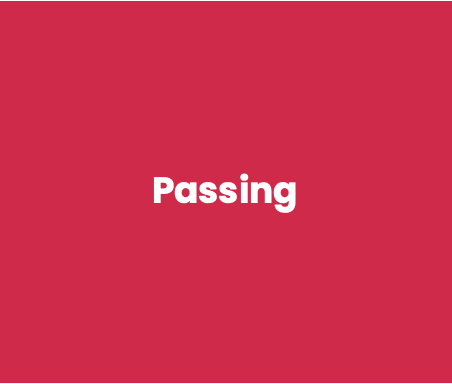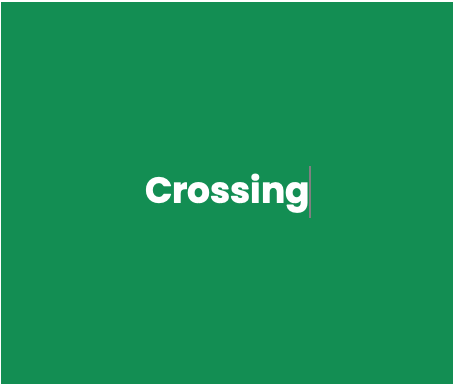What does Width & Depth look like
Width and depth are fundamental attacking principles in soccer. They’re about utilizing the entire field to stretch the opposition’s defence and create spaces to exploit.
Width is achieved by spreading play across the field, primarily using the flanks. This stretches the defensive team horizontally, creating gaps in their defensive structure. Depth, on the other hand, is about stretching the play vertically, from the defensive line to the forwards. This forces the opposition to cover a larger area and opens up passing channels.
Let’s examine some specific scenarios illustrating the successful execution of the attacking principles of width and depth:
Stretching the Defence
Imagine Team A’s wingers stay close to the touchlines when their team is in possession. This spreads Team B’s defenders wider, opening up space in the middle for attacking midfielders to exploit. This is an example of using width to manipulate the opposition’s defensive structure.
Switching Play
Team A’s left winger has the ball and most of Team B’s players have shifted towards that side. The winger then passes the ball across the field to the right winger, who now has plenty of space to attack. This quick switching of play utilizes the full width of the pitch and can catch the opposition out of position.
Creating Passing Lanes
Team A’s forward drops deep, pulling a center-back with them and creating a gap in Team B’s defensive line. Meanwhile, a midfielder from Team A makes a forward run into this gap. This demonstrates how depth can be used to open up passing channels and create scoring opportunities.
Offering Backward Options
While Team A is attacking, their defenders don’t just sit back; they move up and provide depth. This means if the attackers are under too much pressure, they have the option to pass backward and keep possession. This use of depth also helps in maintaining the pressure on the opposition by allowing quick recycle of possession.
Exploiting the Flanks
In this scenario, Team A’s full-backs consistently make forward runs down the wings, providing width and additional passing options. This stretches Team B’s defence and can potentially draw out defenders, creating space for other attackers.
Tactical Knowledge
To apply Width & Depth effectively, players must develop a strong understanding of the following tactical concepts:
Spatial awareness: Players should be aware of their position on the field relative to teammates, opponents, and the boundaries, enabling them to maximize the use of available space.
Off-the-ball movement: Intelligent off-the-ball movement is essential for creating and exploiting space in the opposition’s defence.
Decision-making: Players must make quick decisions, such as when to pass, dribble, or shoot, based on the dynamic nature of the game.
Anticipation: The ability to read the game and anticipate teammates’ and opponents’ movements is crucial for exploiting the space created by Width & Depth.
Communication
Effective communication and teamwork are essential for successfully implementing Width & Depth. Players should:
Use verbal cues: Players must communicate their intentions and positions to teammates to coordinate movements and create space.
Employ non-verbal communication: Body language, such as pointing or signalling, can help convey information and synchronize movements on the field.
Be aware of teammates’ positions: Players should have a clear understanding of where their teammates are on the field to make effective decisions and maintain possession.
Develop chemistry: Building a strong rapport and understanding among teammates will improve the fluidity and effectiveness of Width & Depth implementation.
Technical skills players will need
To effectively implement Support, players must possess the following technical skills:

Passing: Players should be proficient in short and long-range passing to maintain possession and switch play to exploit space.

Receiving: The ability to control the ball under pressure and quickly transition into attacking actions is crucial.

Dribbling: Players must be able to beat defenders in 1v1 situations and use dribbling to create space for themselves and their teammates.

Crossing: Wide players, especially wingers and fullbacks, should have accurate crossing abilities to deliver the ball into dangerous areas.

Shooting: Capitalizing on the space created by Width & Depth requires players to have strong shooting skills to finish goal-scoring opportunities.
.